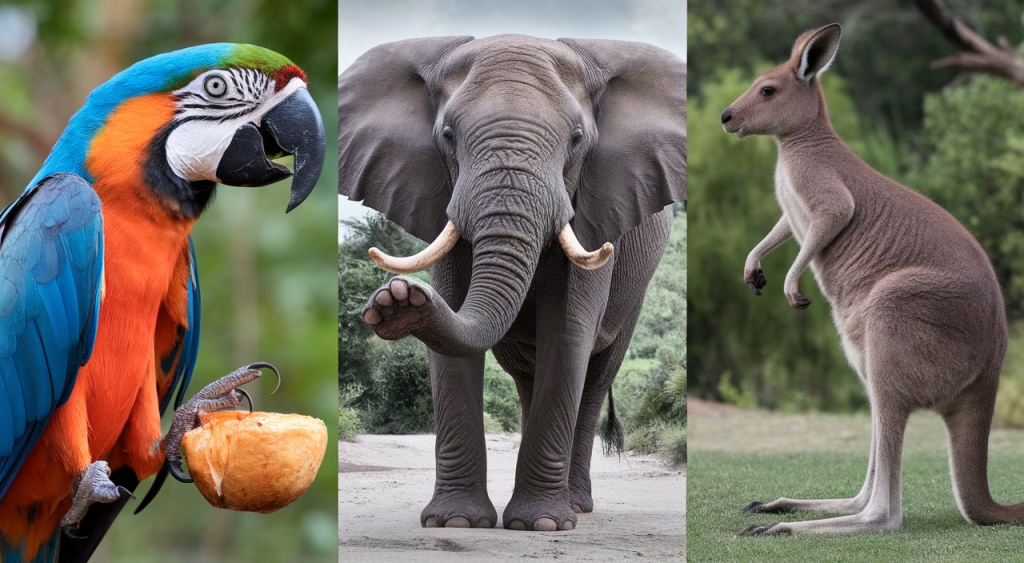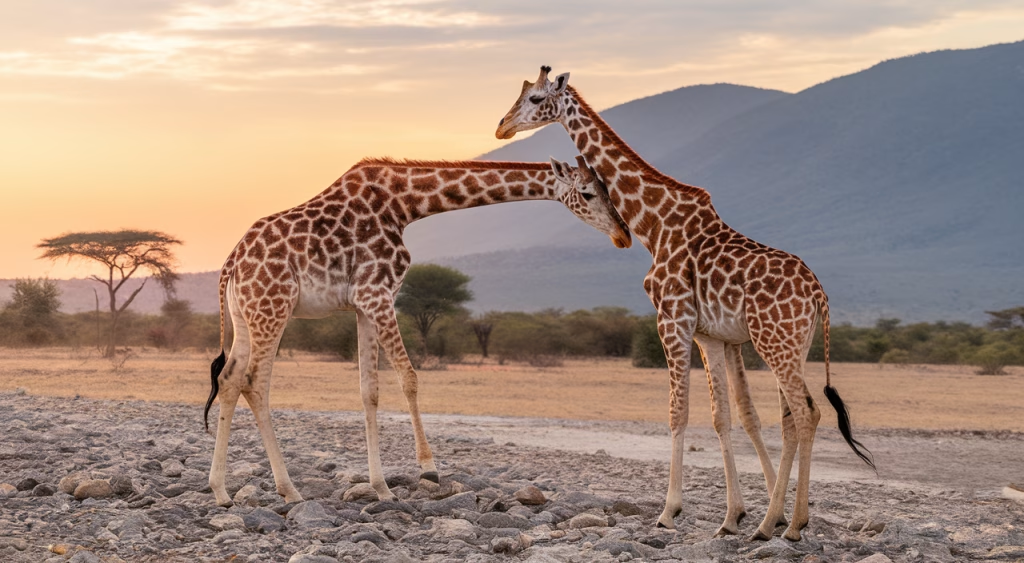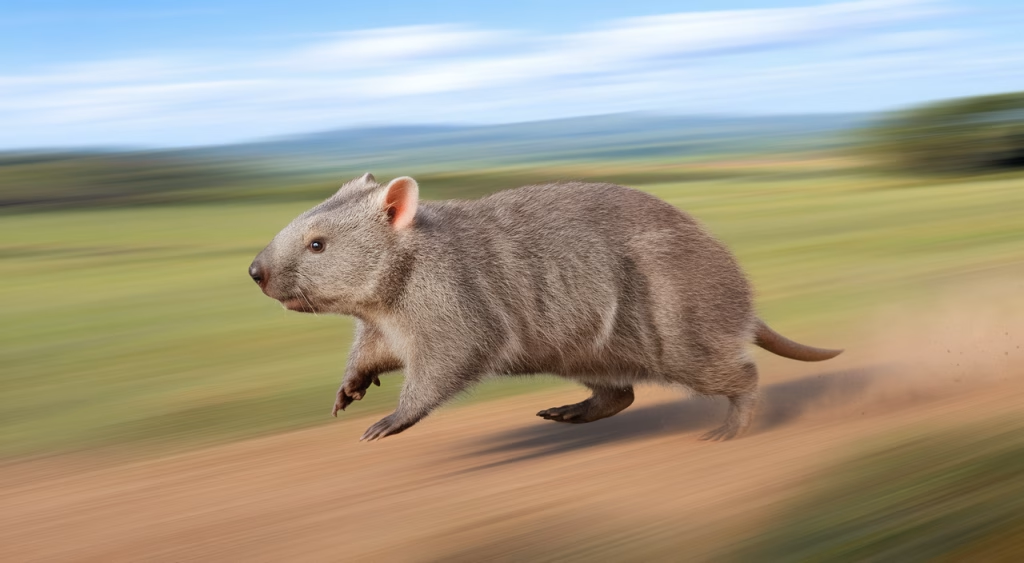Weird Animal Foot Behaviors: How Parrots, Kangaroos & Elephants Use Their Feet
If you think feet are just for walking, think again! In the wild, animals have turned their feet into tools, weapons, and even communication devices. From parrots gripping fruit like toddlers to kangaroos delivering kickboxing-style blows, these creatures are redefining what it means to put your best foot forward.
Tree frogs wave and flirt with their feet, Secretary Birds stomp snakes with hammer-like precision, and elephants feel earthquakes through foot-based vibrations. Even our household favorites—cats, rabbits, and hamsters—have developed quirky, functional foot habits. This article delves into the most fascinating, funny, and downright weird animal foot behaviors observed in nature.
Whether you’re a biology student, a pet owner, or just an animal lover, explore how evolution has given these species incredible dexterity, power, and sensitivity through their feet. We’ll look at the biomechanics, social functions, and real-life anecdotes that highlight just how complex—and cool—animal feet can be!




